A
MODERN HERBAL
THE MEDICINAL, CULINARY, COSMETIC AND
ECONOMIC PROPERTIES, CULTIVATION
AND FOLK-LORE OF
HERBS, GRASSES, FUNGI
SHRUBS & TREES
WITH
ALL THEIR MODERN SCIENTIFIC
USES
By
MRS. M. GRIEVE
F.R.H.S.
WITH AN INTRODUCTION BY THE EDITOR
MRS. C. F. LEYEL
IN TWO VOLUMES
Vol. II
(I Z and Indexes)
DOVER PUBLICATIONS, INC.
NEW YORK
This Dover edition, first published in 1971, is an unabridged republication of the work originally published by Harcourt, Brace & Company in 1931.
The Index of Scientific Names beginning on page 889 was prepared in 1981-82 by Manya Marshall (copyright 1981 by Manya Marshall).
Library of Congress Catalog Card Number: 72-169784
International Standard Book Number
ISBN-13: 9I8-0-486-22I99-3
ISBN-10: 0-486-22I99-5
Manufactured in the United States by Courier Corporation
22799527
www.doverpublications.com
CONTENTS

POISON IVY
Rhus Toxicodendron

FLORENTINE IRIS
Iris Florentina
A MODERN HERBAL
ICELAND MOSS. See MOSS
IGNATIUS BEANS (POISON)
Strychnos Ignatii (BERG.)
N.O. Loganiace
Synonyms. Faba Ignatic. Ignatia amara (Linn.)
Part Used. Ripe dried seeds
Habitat. Philippine Islands
 Description. A large woody climbing shrub, introduced into Cochin China, and highly esteemed there as a medicine. It attracted the attention of the Jesuits, hence its name. In commerce the beans are about one full inch long; ovate, a dull blacky brown colour, very hard and horny, covered in patches with silvery adpressed hairs; endosperm translucent, enclosing an irregular cavity with an oblong embryo; no odour; taste extremely bitter. Each fruit contains about twelve to twenty seeds embedded in the pulp from which they have to be separated.
Description. A large woody climbing shrub, introduced into Cochin China, and highly esteemed there as a medicine. It attracted the attention of the Jesuits, hence its name. In commerce the beans are about one full inch long; ovate, a dull blacky brown colour, very hard and horny, covered in patches with silvery adpressed hairs; endosperm translucent, enclosing an irregular cavity with an oblong embryo; no odour; taste extremely bitter. Each fruit contains about twelve to twenty seeds embedded in the pulp from which they have to be separated.
 Constituents. The beans have the same properties as Nux Vomica, but contain more strychnine, also brucine, a volatile principle extractive, gum, resin, colouring matter, a fixed oil, and bassorin; they contain no albumen or starch.
Constituents. The beans have the same properties as Nux Vomica, but contain more strychnine, also brucine, a volatile principle extractive, gum, resin, colouring matter, a fixed oil, and bassorin; they contain no albumen or starch.
 Medicinal Action and Uses. Tonic and stimulant in action like Nux Vomica, which, being cheaper, is nearly always used as a substitute. Old writers lauded these beans as a remedy against cholera. They are useful in certain forms of heart trouble, but must be used with the greatest caution, as they are a very active and powerful poison.
Medicinal Action and Uses. Tonic and stimulant in action like Nux Vomica, which, being cheaper, is nearly always used as a substitute. Old writers lauded these beans as a remedy against cholera. They are useful in certain forms of heart trouble, but must be used with the greatest caution, as they are a very active and powerful poison.
 Antidotes. Same as for strychnine, chloro-form, belladonna, aconite, tobacco, chloral hydrate I drachm doses, morphia.
Antidotes. Same as for strychnine, chloro-form, belladonna, aconite, tobacco, chloral hydrate I drachm doses, morphia.
 Preparations and Dosages. Tincture of Ignatia, 5 to 20 minims. Alkaline Tincture of Ignatia (syn. Goute Ameres de Beaume), 5 to 20 minims.
Preparations and Dosages. Tincture of Ignatia, 5 to 20 minims. Alkaline Tincture of Ignatia (syn. Goute Ameres de Beaume), 5 to 20 minims.
INDIAN HEMP. See HEMP
INDIAN PHYSIC
Gillenia trifoliata (MNCH.)
N.O. Rosace
Synonyms. Bowmans Root. American Ipecacuanha. Gillenia. Indian Hippo. Spira trifoliata. Spira stipulata
Part Used. Root-bark
Habitat. Eastern United States
 Description. A perennial herb, indigenous to the United States, its irregular, brownish root gives rise to several stems 2 or 3 feet in height, and has depending from it many long, thin fibres. The leaves and leaflets are of various shapes, and the white, reddish-tinged flowers grow in a few loose, terminal panicles.
Description. A perennial herb, indigenous to the United States, its irregular, brownish root gives rise to several stems 2 or 3 feet in height, and has depending from it many long, thin fibres. The leaves and leaflets are of various shapes, and the white, reddish-tinged flowers grow in a few loose, terminal panicles.
The dried root is reddish brown, the bark being easily removed and pulverized. With-in, it is light, ligneous, and comparatively inert. The bitterness of the bark is extracted by alcohol, or by water at 212 F., to which a red colour is given.
It grows well in the authors garden, in slightly moist, rich soil, not in the full blaze of the mid-day sun.
 Constituents. The roots have been found to contain gum, starch, gallotannic acid, fatty matter, wax, resin, lignin, albumen, salts and colouring matter.
Constituents. The roots have been found to contain gum, starch, gallotannic acid, fatty matter, wax, resin, lignin, albumen, salts and colouring matter.
Gillenin was obtained by W. B. Stanhope by exhausting coarsely powdered bark with alcohol, evaporating the resulting red tinc-ture to the consistency of an extract, dissolveing this in cold water, filtering, evaporating, and finally drying on glass.
Half a grain caused nausea and retching. Two glucosides were found, Gillein, from the ethereal extract, and Gilleenin, from the aqueous infusion.
 Medicinal Action and Uses. Tonic, emetic, slightly diaphoretic, cathartic, and expec-torant. The American Indians and early colonists knew the uses of the roots, the action of which resembles Ipecacuanha.
Medicinal Action and Uses. Tonic, emetic, slightly diaphoretic, cathartic, and expec-torant. The American Indians and early colonists knew the uses of the roots, the action of which resembles Ipecacuanha.
Recommended in dyspepsia, dropsy, rheu-matism, chronic costiveness, and whenever an emetic is required. It is safe and reliable.
 Dosages. Of powdered root, as an emetic, 20 to 30 grains. In dyspepsia, as a tonic, 2 to 4 grains. As a sudorific, in cold water, 6 grains at intervals of two or three hours. It may be combined with opium. Frequent large doses of the infusion cause vomiting and purging.
Dosages. Of powdered root, as an emetic, 20 to 30 grains. In dyspepsia, as a tonic, 2 to 4 grains. As a sudorific, in cold water, 6 grains at intervals of two or three hours. It may be combined with opium. Frequent large doses of the infusion cause vomiting and purging.
 Other Species.
Other Species.
Gillenia stipulata, taller and more bushy, with fewer flowers and roots more like those of Ipecac; grows as far west as Kansas.
It is, equally with G. trifoliata, the source of Gillenia.
See .
INDIGO
Indigofera tinctoria
N.O. Leguminos
Synonyms. Pigmentum Indicum
Part Used. The plant
Habitat. India; cultivated in sub-tropical countries
 Description. A blue dyestuff is obtained from the various species of Indigofera. It does not exist ready formed, but is produced during fermentation from another agent existing in the plant. This is called Indocan, and is yellow, amorphous, of a nauseous bitter taste with an acid re-action; readily soluble in water, alcohol and ether.
Description. A blue dyestuff is obtained from the various species of Indigofera. It does not exist ready formed, but is produced during fermentation from another agent existing in the plant. This is called Indocan, and is yellow, amorphous, of a nauseous bitter taste with an acid re-action; readily soluble in water, alcohol and ether.
 Medicinal Action and Uses. Indigo was at one time much used in medicine, but now is rarely employed. It is said to produce nausea and vomiting.
Medicinal Action and Uses. Indigo was at one time much used in medicine, but now is rarely employed. It is said to produce nausea and vomiting.
It is a very well-known and highly important dye, millions of pounds being exported from India annually.
An artificial product, Indigotine, is manufactured chemically and used as a substitute.
INDIGO (WILD)
Baptisia tinctoria (R. BR.)
N.O. Leguminos
Synonyms. Baptisia. Horse-fly Weed. Rattlebush. Indigo-weed. Sophora tinctoria (Linn.). Podalyria tinctoria (Michx.)
Parts Used. Root, bark, leaves
Habitat. Dry hilly woods from Canada to Carolina

Next page


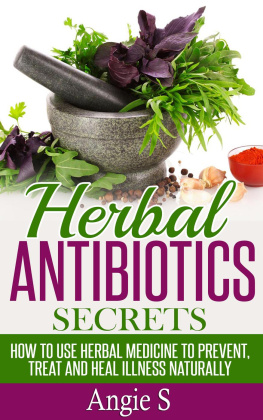
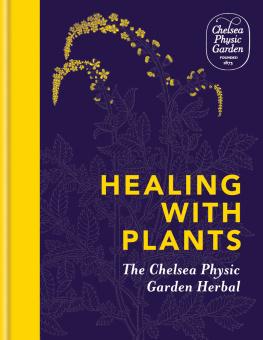
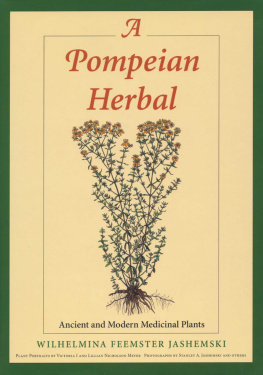
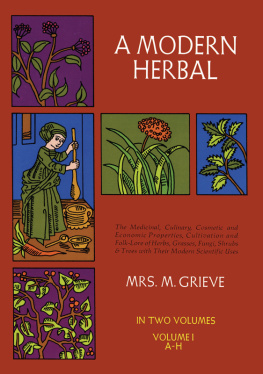
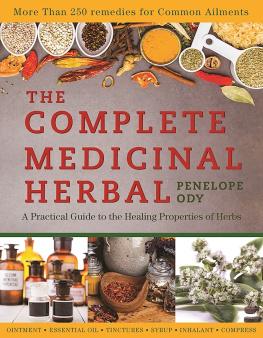
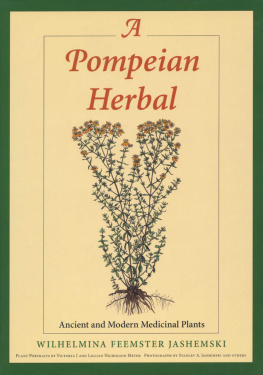
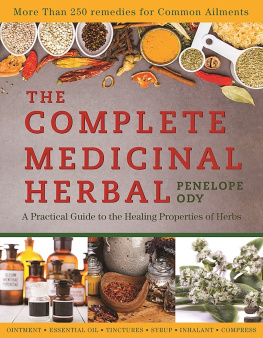
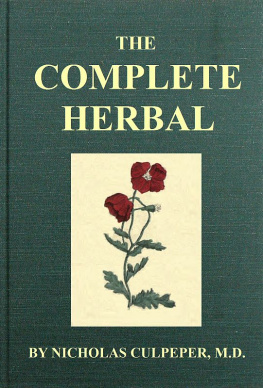


 Description. A large woody climbing shrub, introduced into Cochin China, and highly esteemed there as a medicine. It attracted the attention of the Jesuits, hence its name. In commerce the beans are about one full inch long; ovate, a dull blacky brown colour, very hard and horny, covered in patches with silvery adpressed hairs; endosperm translucent, enclosing an irregular cavity with an oblong embryo; no odour; taste extremely bitter. Each fruit contains about twelve to twenty seeds embedded in the pulp from which they have to be separated.
Description. A large woody climbing shrub, introduced into Cochin China, and highly esteemed there as a medicine. It attracted the attention of the Jesuits, hence its name. In commerce the beans are about one full inch long; ovate, a dull blacky brown colour, very hard and horny, covered in patches with silvery adpressed hairs; endosperm translucent, enclosing an irregular cavity with an oblong embryo; no odour; taste extremely bitter. Each fruit contains about twelve to twenty seeds embedded in the pulp from which they have to be separated.